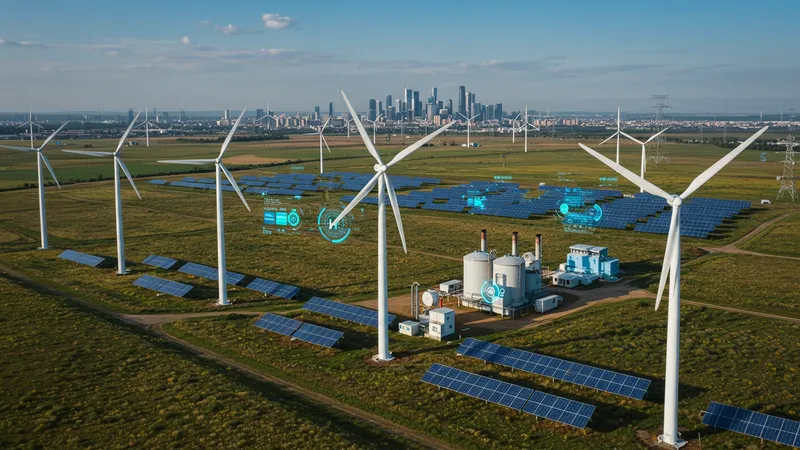
Renewable Energy Farms — Solar, Wind, Hydro & Biomass Solutions
Future Perspectives and Integration of Renewable Energy Farms
The long-term trajectory of renewable energy farms involves increasing integration into national and regional electricity systems. As investment continues to pour into advanced transmission networks, energy generated in remote solar fields or wind farms can more effectively reach urban centers and industrial zones. Future success will depend on coordinated planning that considers land use, wildlife, and the existing mix of generation technologies.

Hybrid models are emerging, where multiple renewable sources are combined at a single site to provide more consistent and resilient supply. For example, pairing solar and wind in the same geographic region can smooth energy delivery and reduce reliance on storage or backup fossil plants. Battery storage and grid-scale hydrogen production are also set to play larger roles, further enhancing flexibility.
Policy frameworks and incentive structures are continuously evolving to remove barriers and encourage responsible expansion. The most effective programs balance community engagement, environmental protection, and energy needs. International collaboration is fostering knowledge transfer, helping replicate best practices and avoid common deployment pitfalls as regions seek to scale up their clean energy footprints.
Looking forward, renewable energy farms stand at the intersection of technology, policy, and community vision. Their continued evolution promises not only lower emissions and cleaner air, but also enhanced energy security and economic opportunities for generations to come. With innovation accelerating, the global landscape of renewable power is poised for profound and enduring change.